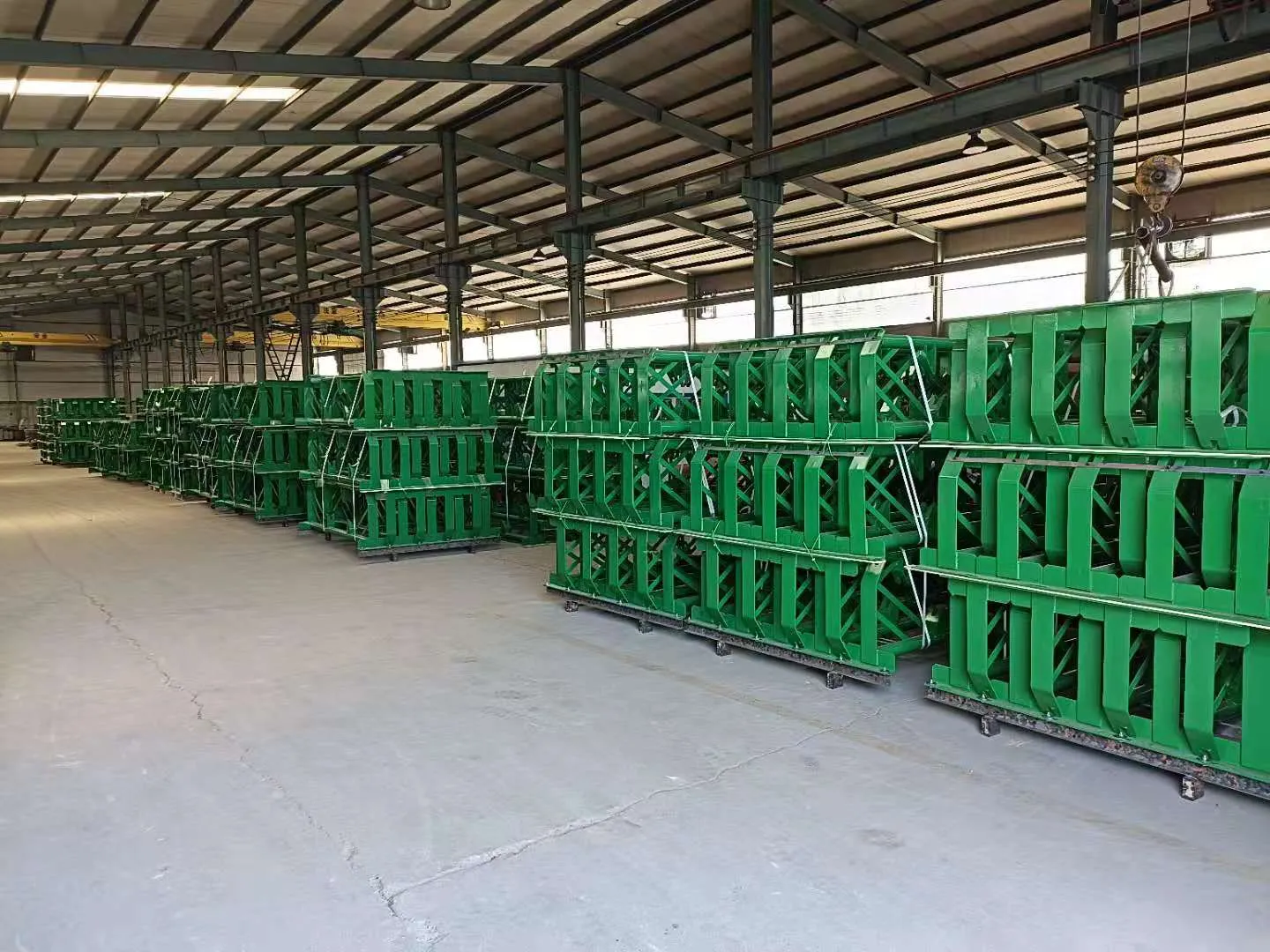 Afrikaans
Afrikaans  Albanian
Albanian  Amharic
Amharic  Arabic
Arabic  Armenian
Armenian  Azerbaijani
Azerbaijani  Basque
Basque  Belarusian
Belarusian  Bengali
Bengali  Bosnian
Bosnian  Bulgarian
Bulgarian  Catalan
Catalan  Cebuano
Cebuano  Corsican
Corsican  Croatian
Croatian  Czech
Czech  Danish
Danish  Dutch
Dutch  English
English  Esperanto
Esperanto  Estonian
Estonian  Finnish
Finnish  French
French  Frisian
Frisian  Galician
Galician  Georgian
Georgian  German
German  Greek
Greek  Gujarati
Gujarati  Haitian Creole
Haitian Creole  hausa
hausa  hawaiian
hawaiian  Hebrew
Hebrew  Hindi
Hindi  Miao
Miao  Hungarian
Hungarian  Icelandic
Icelandic  igbo
igbo  Indonesian
Indonesian  irish
irish  Italian
Italian  Japanese
Japanese  Javanese
Javanese  Kannada
Kannada  kazakh
kazakh  Khmer
Khmer  Rwandese
Rwandese  Korean
Korean  Kurdish
Kurdish  Kyrgyz
Kyrgyz  Lao
Lao  Latin
Latin  Latvian
Latvian  Lithuanian
Lithuanian  Luxembourgish
Luxembourgish  Macedonian
Macedonian  Malgashi
Malgashi  Malay
Malay  Malayalam
Malayalam  Maltese
Maltese  Maori
Maori  Marathi
Marathi  Mongolian
Mongolian  Myanmar
Myanmar  Nepali
Nepali  Norwegian
Norwegian  Norwegian
Norwegian  Occitan
Occitan  Pashto
Pashto  Persian
Persian  Polish
Polish  Portuguese
Portuguese  Punjabi
Punjabi  Romanian
Romanian  Russian
Russian  Samoan
Samoan  Scottish Gaelic
Scottish Gaelic  Serbian
Serbian  Sesotho
Sesotho  Shona
Shona  Sindhi
Sindhi  Sinhala
Sinhala  Slovak
Slovak  Slovenian
Slovenian  Somali
Somali  Spanish
Spanish  Sundanese
Sundanese  Swahili
Swahili  Swedish
Swedish  Tagalog
Tagalog  Tajik
Tajik  Tamil
Tamil  Tatar
Tatar  Telugu
Telugu  Thai
Thai  Turkish
Turkish  Turkmen
Turkmen  Ukrainian
Ukrainian  Urdu
Urdu  Uighur
Uighur  Uzbek
Uzbek  Vietnamese
Vietnamese  Welsh
Welsh  Bantu
Bantu  Yiddish
Yiddish  Yoruba
Yoruba  Zulu
Zulu types of take up pulley
Types of Take-Up Pulleys
Take-up pulleys are essential components in various mechanical systems, especially in conveyor belts that require tension management. Their primary function is to maintain the desired tension in the belts, preventing slippage and ensuring smooth operation. Different types of take-up pulleys serve unique purposes and are designed to meet the specific needs of diverse applications. Below, we explore the various types of take-up pulleys and their characteristics.
1. Automatic Take-Up Pulleys
Automatic take-up pulleys are designed to adjust tension automatically as the belt wears down or stretches over time. These pulleys utilize a spring-loaded mechanism that applies consistent tension, making them ideal for applications where maintenance access is difficult. They ensure that the belt remains taut, extending its lifespan and maintaining optimal performance. Commonly used in heavy-duty conveyor systems, automatic take-up pulleys are favored for their reliability and low-maintenance requirements.
Manual take-up pulleys require operator intervention to adjust the belt tension. Users can adjust the position of the pulley by turning a bolt or handle, which moves the pulley along a track. While they may require more maintenance than their automatic counterparts, manual take-up systems are typically simpler and less expensive. They are suitable for smaller conveyor systems or where precise tension adjustments are necessary, allowing operators to fine-tune the tension as needed.
types of take up pulley

3. Gravity Take-Up Pulleys
Gravity take-up pulleys employ the force of gravity to maintain tension in the belt. This type typically features a weight or counterbalance that hangs from the pulley, allowing it to lower or rise based on the belt's needs. Gravity take-up systems are beneficial in applications where space is limited and can effectively handle varying amounts of slack in the belt. Their simplicity and effectiveness make them a popular choice in many industrial settings.
4. Hydraulic Take-Up Pulleys
Hydraulic take-up pulleys utilize hydraulic systems to adjust and maintain belt tension. These systems can exert significant force, making them suitable for heavy-duty applications where large conveyors operate under substantial loads. Hydraulic take-up mechanisms provide precise tension control and can adapt quickly to changes in the system. However, they usually require more upkeep due to the complexity of hydraulic systems.
Conclusion
Understanding the types of take-up pulleys is crucial for selecting the right one for any mechanical system. Automatic, manual, gravity, and hydraulic take-up pulleys each offer distinct advantages for specific applications. By selecting the appropriate type, operators can enhance the efficiency, safety, and longevity of their conveyor systems, ensuring seamless operation in various industrial environments.
-
Revolutionizing Conveyor Reliability with Advanced Rubber Lagging PulleysNewsJul.22,2025
-
Powering Precision and Durability with Expert Manufacturers of Conveyor ComponentsNewsJul.22,2025
-
Optimizing Conveyor Systems with Advanced Conveyor AccessoriesNewsJul.22,2025
-
Maximize Conveyor Efficiency with Quality Conveyor Idler PulleysNewsJul.22,2025
-
Future-Proof Your Conveyor System with High-Performance Polyurethane RollerNewsJul.22,2025
-
Driving Efficiency Forward with Quality Idlers and RollersNewsJul.22,2025





























